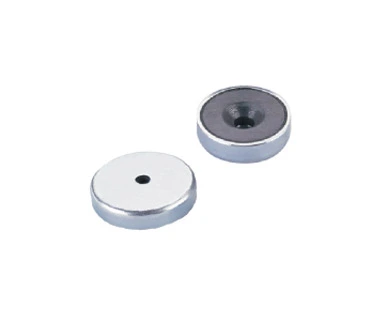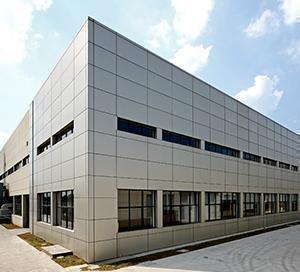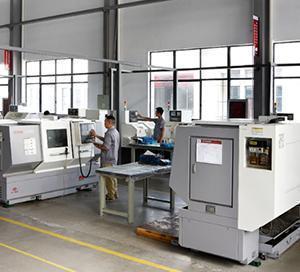Samarium-cobalt magnets have excellent corrosion and oxidation resistance, and many enterprises in various fields are using samarium-cobalt magnets. So, what are the specific application areas and parameters of samarium-cobalt magnets?
Parameters of samarium-cobalt magnets
Samarium-cobalt magnets are a kind of rare earth magnets. They are made of an alloy of samarium, cobalt, and other rare earth metals that are melted, powdered, molded, and sintered into a magnetic material. They have high magnetic energy product, extremely low temperature coefficient, and a maximum working temperature of up to 350℃, which can be as high as 500℃ in some special grades. At temperatures above 180℃, their maximum magnetic energy product, coercivity, temperature stability, and chemical stability are all superior to neodymium-based permanent magnetic materials.
The highest working temperature of samarium-cobalt magnets is from 250℃ to 500℃, and their Curie temperature is from 700℃ to 840℃. This is the reason why samarium-cobalt magnets are different from many other magnets, as they have high magnetic performance and a high working temperature.
In most cases, samarium-cobalt magnets do not require any surface treatment or coating, especially SMCO5 series magnets. In particularly harsh conditions, SM2CO17 series magnets containing pure iron require coating. In addition, samarium-cobalt magnets in English are brittle and prone to chipping. To maintain the appearance of the magnet or reduce the chipping of the product during assembly, the samarium-cobalt magnets can also undergo electroplating treatment, mainly with nickel, zinc, gold, epoxy resin, or other coatings.
Application areas of samarium-cobalt magnets
The application areas of samarium-cobalt magnets: Unlike ferrite magnets and neodymium magnets, samarium-cobalt magnets are not commonly used in daily necessities. Magnet manufacturers can tell you that they are generally used in harsh environments with high operating temperatures, such as aviation and aerospace, microwave equipment, communications, instruments and meters, various magnetic transmission equipment, sensors, magnetic processors, voice coil motors, and magnetic cranes.
Can samarium-cobalt magnets be processed into customized shapes?
Neodymium magnets can be processed into customized shapes, so can samarium-cobalt magnets, which like neodymium magnets, are strong magnets. The mechanical processing of the raw material of samarium-cobalt itself is very mature and has good performance, so it can be made into customized shapes. However, the cost is relatively high compared to neodymium magnets. In fact, samarium-cobalt magnets can also rust. Why is this? Magnet manufacturers tell you that this is because samarium-cobalt magnets contain iron components, mainly SM2CO17 series magnets contain pure iron, so they can rust. However, the iron content is relatively low, so rusting is not very serious and does not affect their performance and use. Magnet manufacturers remind you to store samarium-cobalt magnets properly if they are not used after delivery.
 English
English 日本語
日本語 한국어
한국어 français
français Deutsch
Deutsch Español
Español italiano
italiano русский
русский português
português العربية
العربية





